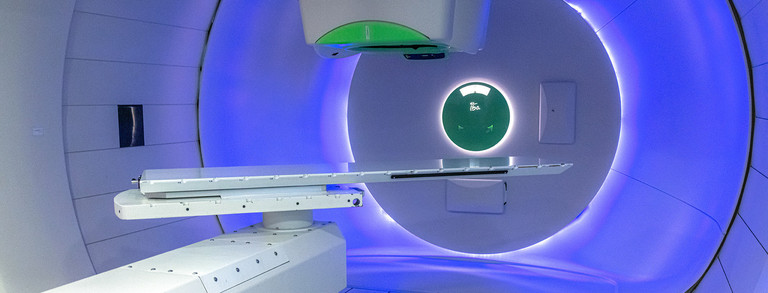The impact of radiation on the collective behavior of heart cells
State-of-the-art: Ventricular tachycardia (VT) is a life-threatening cardiac arrhythmia that affects the heart’s lower chambers and can cause rapid, abnormal heartbeats. VTs arising on structural heart disease are a major cause of sudden cardiac death and a significant clinical challenge in situations where conventional therapies fail to provide effective results (30–50% of patients) [Ste23]. In such cases, stereotactic radiotherapy of the arrhythmogenic substrate in the left ventricle with a high single dose, known as STereotactic Arrhythmia Radioablation (STAR), is a new treatment option for refractory VT that has shown promising results [Mis23]. On the other hand, radiation therapy for breast cancer was suggested to induce cardiac arrhythmias and conduction disorders [Err22], where the right atrium irradiation may require special attention.
Furthermore, animal studies illustrate that cardiac and pulmonary toxicity can no longer be seen as separate entities and that both organs need to be spared [Bar20]. While photon-based irradiation can achieve effective treatment in many cases, it is expected that proton-based technology can provide more conformal irradiation. However, research is needed to fully understand the effects of radiation on the collective contraction behavior of heart cells at the cellular level as a basis for further optimization of both approaches. This is particularly true for proton irradiation with a variable relative biological effectiveness (RBE) compared to photons.




